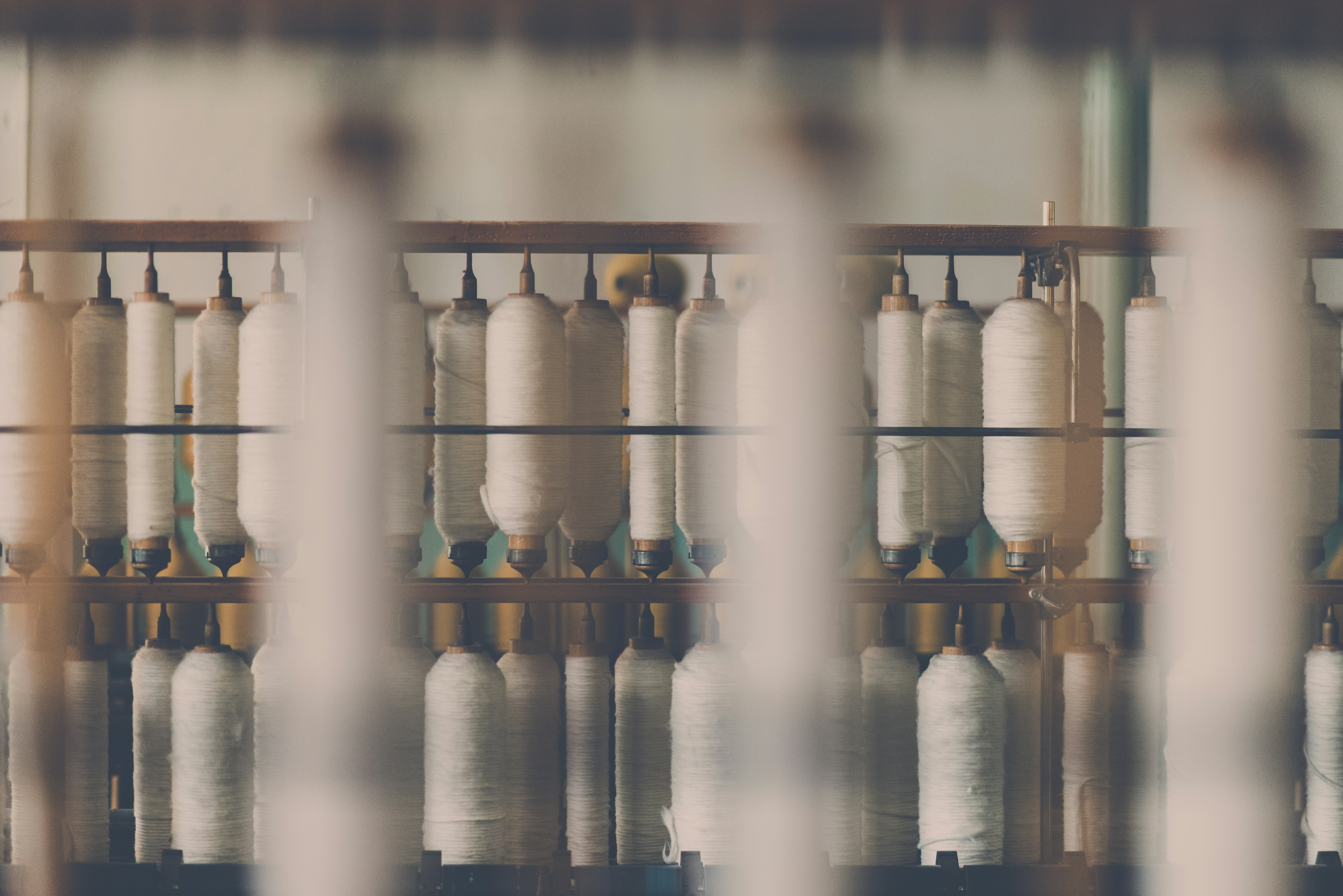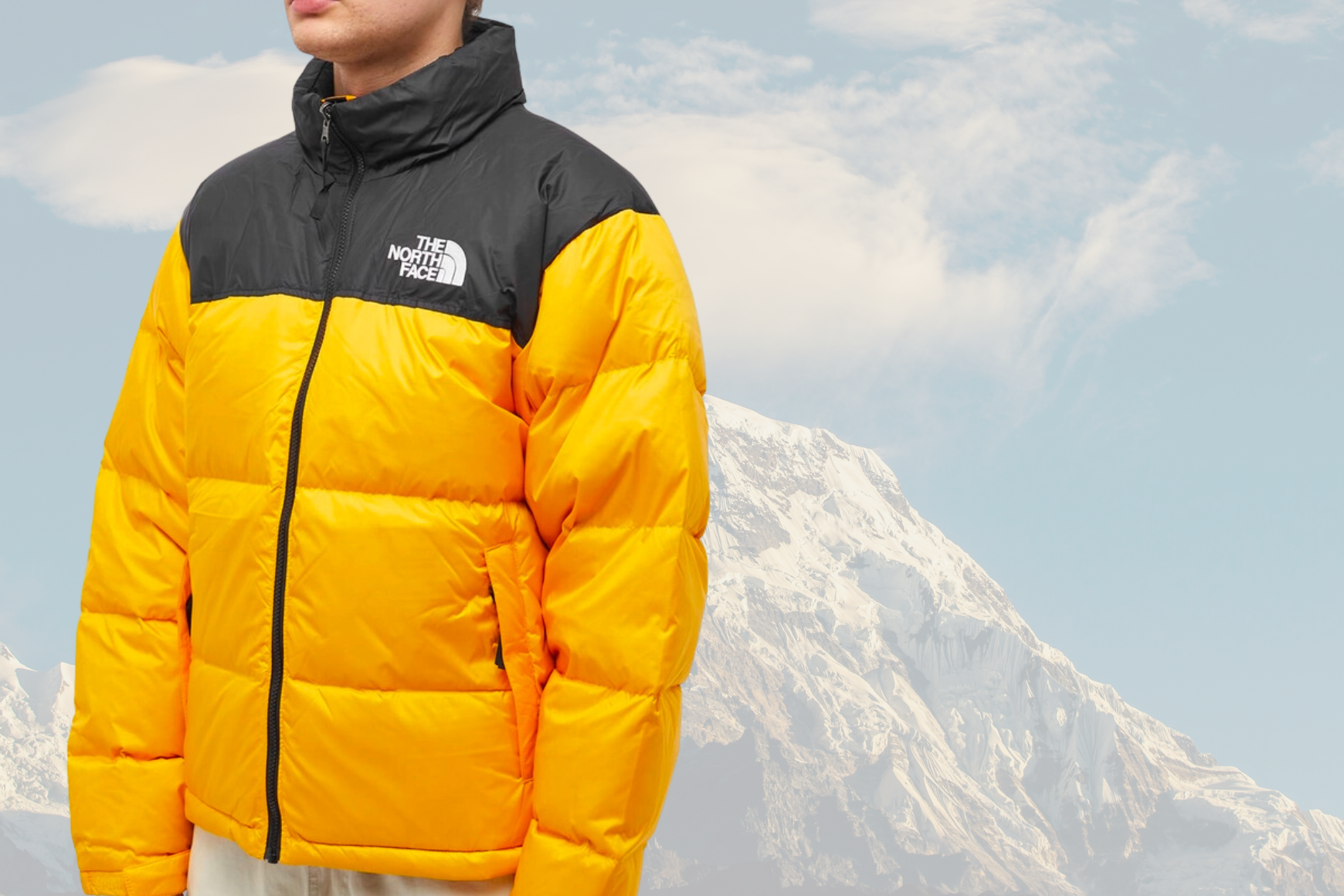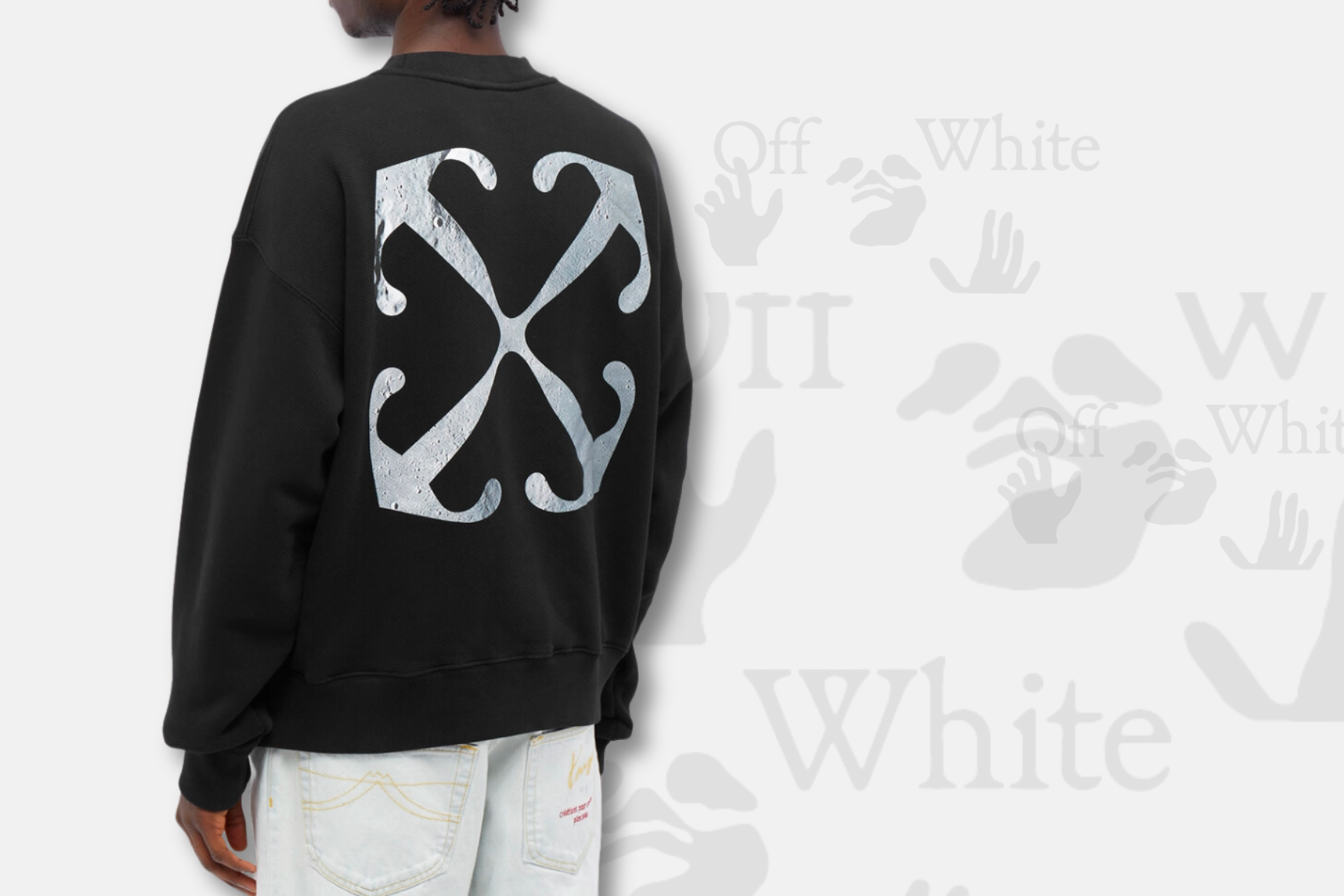news and releases
The Fabric of Innovation: Pioneering Materials in Fashion

(Photo by Janko Ferlič)
In the epoch of the Anthropocene, technological leaps have propelled the fashion industry into a force to be reckoned with.
Once reliant on generational craftsmanship and artisanal skills, fashion has now metamorphosed into a behemoth of mechanization, leveraging machinery and computational efficiency across design, manufacturing, and distribution. With the integration of AI already in motion, the future of fashion seems poised for even greater transformation.
Yet, with great power comes great responsibility, and the industrial revolution inadvertently sowed the seeds that turned fashion into the third most polluting industry in the world. Overproduction, waste, and heedless practices have all contributed to the industry's unsustainable trajectory – fashion is getting a bit too big for its boots.
Fortunately, from the origins of the problem emerges the solution. When wielded correctly, technology becomes our most potent tool for redemption.
In an era where environmental consciousness is increasingly pressing, material innovation is crucial for addressing sustainability challenges. Trailblazers are emerging to demonstrate that the fashion industry can align with sustainable practices.
Let's delve into some of the revolutionary fabrics shaping the future of fashion.
Smart Textiles
Smart textiles represent a fusion of technology and fashion, offering features ranging from temperature control to moisture-wicking properties and even activity monitoring.
Advancements in 3D printing allow for the engineering of customized textiles tailored to specific needs, ushering in an era where clothing is not just functional but optimized for individual preferences.
These modern textiles, infused with nanotechnology or conductive threads, adapt, and change their functionality in response to changes in the external environment or user input.
From passive textiles like UV protection coatings to active textiles that respond dynamically, the possibilities are vast. Say goodbye to scratchy jumpers and embarrassing sweat patches; soon your clothes could be doing the most to keep you comfortable and therefore valued in your collection for longer.
Smart textiles are most common in sports apparel but not limited to this category. Stone Island is highly invested in material research for its technical clothing ranges. Recently at Milan Design Week, the brand displayed its limited-edition Prototype Research_Series, the latest of its experimental pieces, centred on the use of linen and fiberglass fabric overlaid with multiaxial reinforcement.
Meanwhile, Bolt Threads is pioneering the replication of spider silk, praised for its high tensile strength compared to conventional silk. Through the study of silk proteins and the cultivation of their own fibres, Bolt Threads is learning directly from nature to create a high-performance material.
Revival of Natural Fibres
As the digital age brings heightened consumer awareness, sustainability transcends mere environmental concerns to encompass considerations of personal well-being, such as what people put in contact with their body. News about microplastics and harmful toxins makes people more wary of buying cheap, mass-produced products, preferring natural materials.
Hemp and linen emerge as resilient alternatives that demand fewer pesticides and less water compared to conventional crops. Meanwhile, Bananatex introduces a ground-breaking innovation in sustainable textiles by crafting the world's first durable, technical fabric from naturally grown Abacá banana plants.
Nettle fibres, historically used for their durability, require less water and pesticides than conventional cotton, making them an eco-friendly choice for modern fashion. Piñatex’s pineapple leaf fibre has been used for shoes, bags and more by brands like Saucony anf Ecoalf.
Similarly, Italian company Orange Fiber has pioneered a sustainable fabric made from orange juice by-products – orange peels specifically - offering a silk-like fabric that is soft and lightweight. Salvatore Ferragamo launched a luxury capsule collection in collaboration with Orange Fiber in 2017.
Eco-Friendly Leather Alternatives
Leather, long synonymous with luxury, is undergoing a sustainable makeover with the rise of innovative alternatives. While traditional vegan leather often relies on petroleum-based plastic, which is still environmentally harmful, a wave of eco-friendly options is challenging this status quo.
Leather alternatives have been crafted with all sorts of plants like cacti, mango, apple skins, and grapes. Far from a gimmick, Vegea, made from leftover grape skins, has been used by Superga, Stella McCartney, GANNI and more.
Additionally, lab-grown leather, produced from animal cells, closely replicates real leather while arguably being cruelty-free and having a significantly reduced ecological footprint.
Mylo, or mushroom leather, is one of the most well-known developments in eco-leather and has been used by the likes of Stella McCartney.
Another noteworthy alternative is Mirum, developed by Natural Fiber Welding. This plastic-free material, made from plants and minerals, can be endlessly recycled, making it a fully circular option. Brands such as Allbirds and Pangaia are early adopters of Mirum, with investment from Ralph Lauren further indicating its potential.
Recycled Fibers
Naia, a recent addition to the market, is composed of 60% sustainably sourced wood pulp and 40% certified recycled materials. Its production process prioritizes eco-friendliness, with a focus on water efficiency.
What about all the clothing that already exists and gets thrown away? Well, initiatives like G2G by Hkrita are dedicated to transforming post-consumer garments into new textiles. This process involves retrieving garments, typically sweaters or t-shirts, from landfills, breaking them down into smaller fibres, and spinning them into new yarn for crafting fresh pieces.
LanzaTech, a pioneering technology company, utilizes biology to convert waste carbon emissions into raw materials. By leveraging this approach, polyester, typically derived from fossil fuels, can now be produced from carbon that would otherwise contribute to atmospheric pollution. Although polyester remains non-biodegradable, its potential for recycling at the end of its life cycle enables a circular system.
Synthetic Alternatives
Bio-based alternatives to synthetics offer high-performance materials with a reduced environmental footprint. Lyocell, a biodegradable viscose derived from wood cellulose, boasts a closed production process that minimizes water usage and costs if done properly. Kintra, a corn-based polyester, is also fully biodegradable.
Looking Ahead
As the fashion industry continues to evolve, the importance of innovative materials cannot be overstated. From smart textiles that adapt to our needs to sustainable solutions that prioritize environmental conservation, the future of fashion is as diverse as it is promising.
However, it’s not just about the technology existing but changing the collective mindset of brands and consumers to one of conscious consumerism. As we navigate towards a more sustainable future, the fabric of innovation will undoubtedly shape the way we dress and interact with the world around us.
Copyright and Content Use Notice
At THREADSPY we respect copyright and intellectual property rights. The images on this page are the property of their respective owners. If you wish for your content to be removed, please contact: [email protected].






